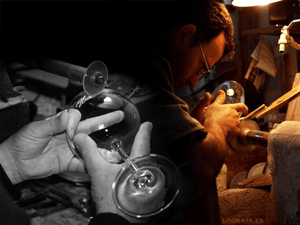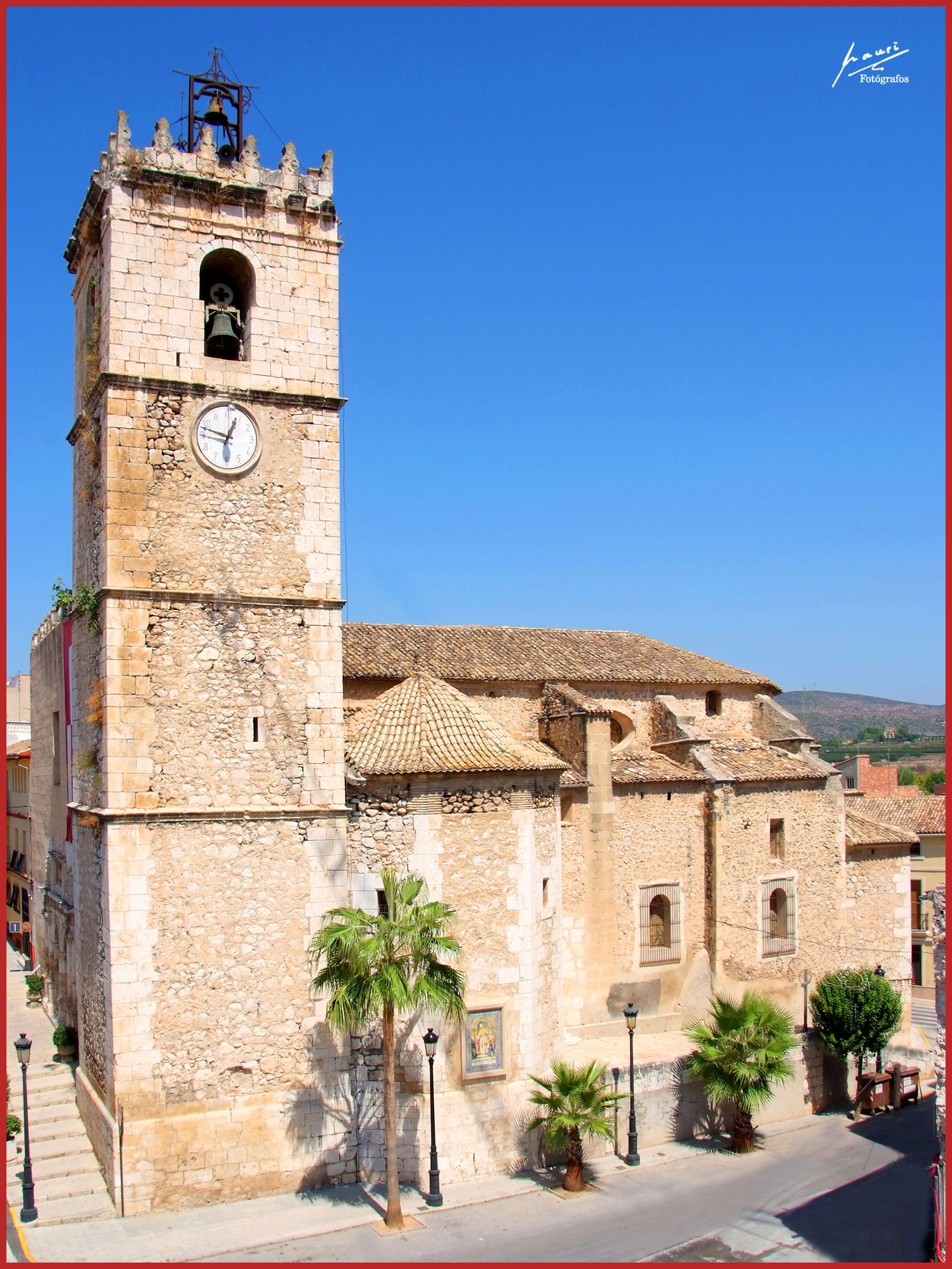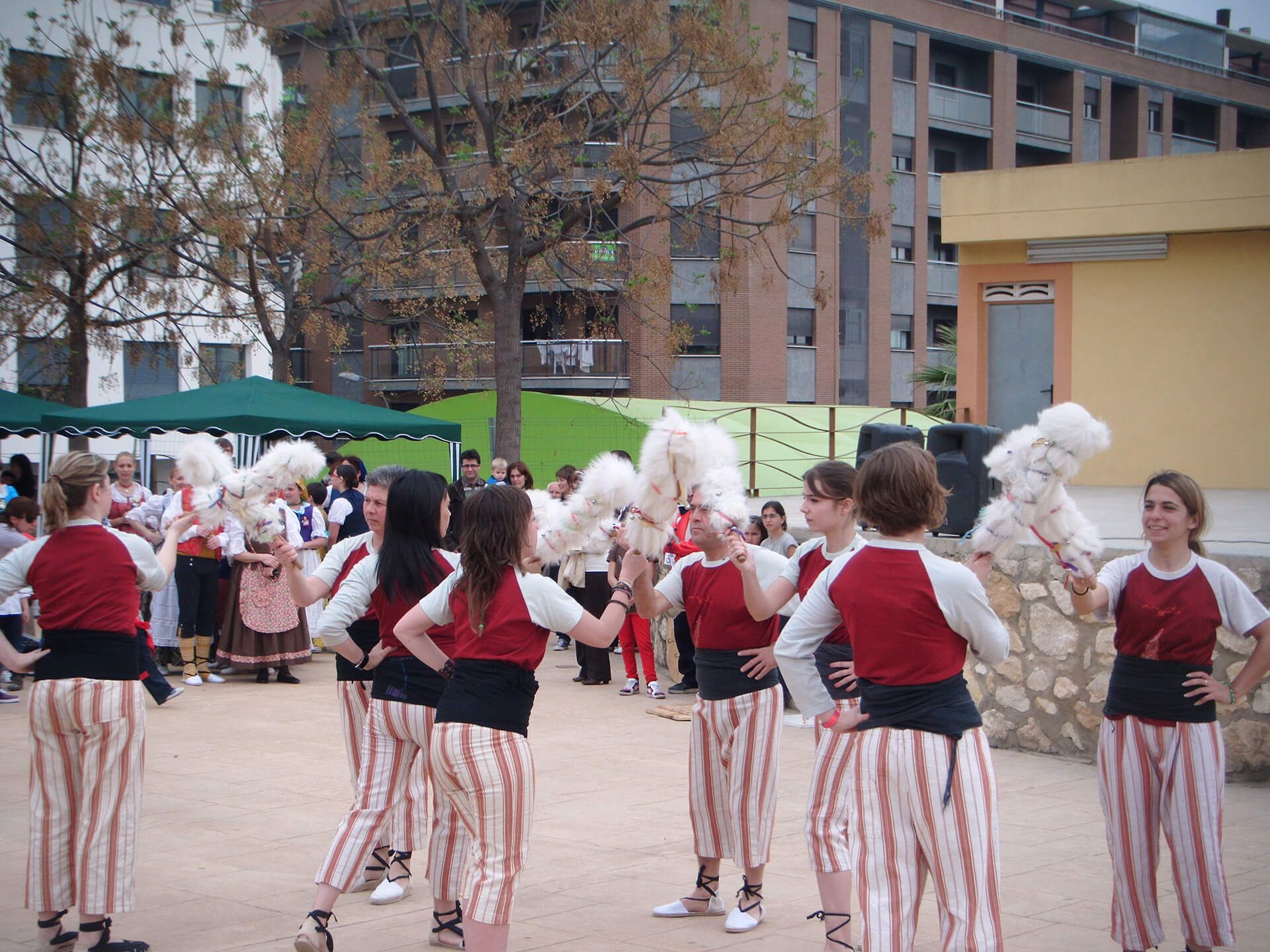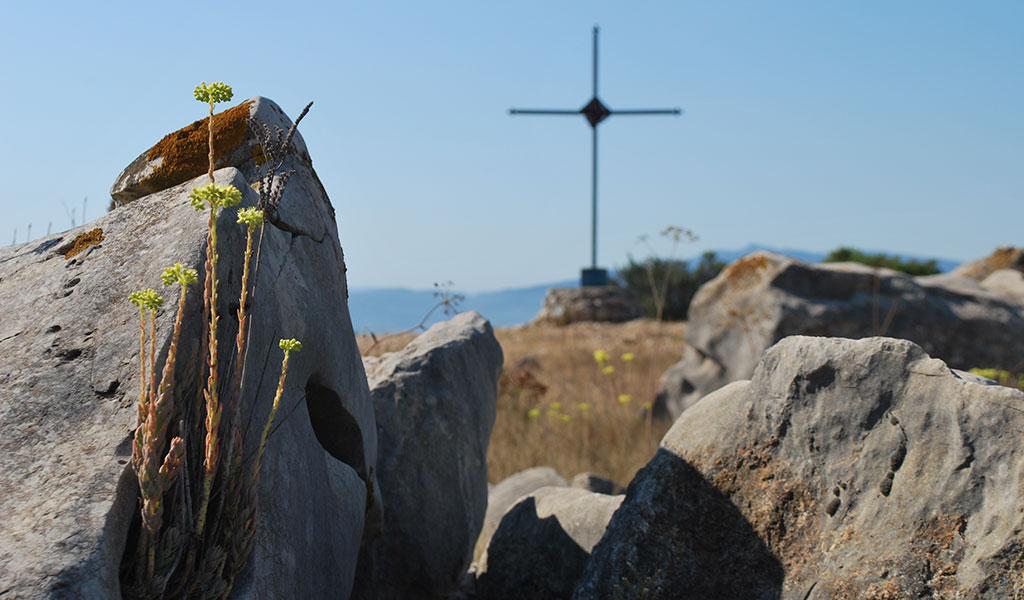L´Olleria
L’Olleria is a village of 9000 inhabitants, situated within the province of Valencia, in the administrative region of “Vall d’Albaida”. Located 75 km from the city of Valencia and 103 km from the city of Alicante, l’Olleria is located between Alcoy, Ontinyent, Xàtiva and Gandia.
L’Olleria is situated at the foot of the Sierra Grossa range, surrounded by the Grau and Puerto ravines. The municipality, which is crossed by the River Clariano, is characterised by its agricultural fields: vineyards, olives, carobs, almond and fruit trees and aromatic plants. The vegetation benefits from the dry Mediterranean climate. It is a village with a long traditional of craftwork. Throughout history, the people of L’Olleria have been dedicated to the production of oil and wine, traditional handicrafts and trade.
Gastronomy:
The most popular dishes are based on rice: “arròs al forn” (baked rice) and paella, rice with soup, rice with broth, etc.
Places of interest:
Capuchin Convent
A former chapel located in the area of “La Serratilla” and dedicated to the Saint Abdon and Saint Sennen. The Capuchin Convent, dedicated to the missions, was founded on the site in 1601. There is a monumental tree, which is considered the largest and oldest strawberry murta, located in the convent’s vegetable garden. There are ethnographic collections inside the convent.
Saint John the Baptist Hospital
L’Olleria received the money and the land necessary for the construction of the hospital in 1880. From its inception until 2006, it was attended by a community of Capuchin Tertiary nuns. The hospital retains a neo-Gothic chapel and cloisters.
Sanctuary of Loreto
In 1579, the Dominicans founded the first monastery in L’Olleria, using the medieval chapel of Our Lady of Loreto as a base, together with the adjacent Arabic tower, which was used as a belfry. The church was built in the style of the Counter Reformation. A carved, painted statue of Our Lady of Loreto (one of the village’s patron saints) is located inside the monastery. The statue has been declared of Cultural Interest (BIC). The monastery’s Reliquary altar is dedicated to “Pare Ferreres”, a scholar and martyr from l’Olleria.
“Casa de la Vila”
16th-century. One of the oldest communal houses, constructed in the late Gothic and early Renaissance styles. It features include the market on the ground floor, 3 large arches opening to the square and Calle Batle, and the mullioned windows of the main hall.
Public granary. Cervantes Theatre
Dating from 16th – 19th centuries. In the 19th century it was converted into the Cervantes Theatre. Late Gothic with Romantic decoration. The granary was built by farmers to store the reserve of wheat rice produced in the village. It housed the Standardised Weight, which was used a guarantee during commercial transactions Falling into disuse in the late 19th century, it was converted into the village’s first permanent theatre.
Church of Mary Magdalene
Dating from 16th to 18th century. Gothic, Renaissance and Baroque. Built on the old mosque, it is one of the few remaining fortified churches. At the end of the 18th century, it was dedicated to St. Mary Magdalene. It houses a figure of the Holy Ecce Homo (patron saint of L’Olleria). On 29th January, the viceroy ordered with church to be burnt to with approximately 600 people inside, who had taken refuge there whilst fleeing from the viceroy. Only the “Grissons” entrance remained after the fire. After the fire, the church was rebuilt and enlarged, including the addition of ribbed vaults and a monumental doorway, an example of the best Valencian Renaissance. It has been declared of Cultural Interest (BIC).
Hermitage of Christ of La Palma
18th/20th-centuries. The chapel of the old cemetery. It houses a statue of Christ of La Palma, one of the patron saints of the village.
Monastery of Saint Joseph and Saint Anne
Cloistered convent of the Discalced Augustinians. Posthumous foundation of the Patriarch Saint John of the Ribera, 1611. It is a modest construction. A watchtower was used for its construction. There are remains of the walls in the vegetable garden.
Els Marau Palace (Casa Santonja)
17th/19th-centuries Property of the Marau, a landowning family who made a fortune from their wines and the vineyard. Certain of the members were prominent soldiers, lawyers, mayors, royal officials, and two became members of Parliament in the 19th century. In the late 19th century, the widow of the last Marau married a Santonja, thus the origin of the house’s second name. It was an enlightened, liberal family, related to the powers of the time and to Freemasonry. Around 1810, the palace’s staircase and great hall were redecorated, following the canons of the Enlightenment, in representation of a complete universe. There symbolism associated with Freemasonry. It is abundantly decorated with ceramics.
Festivities:
The village’s main festivities include Moors and Christians celebrations, held during the last week of August and the first week of September.















